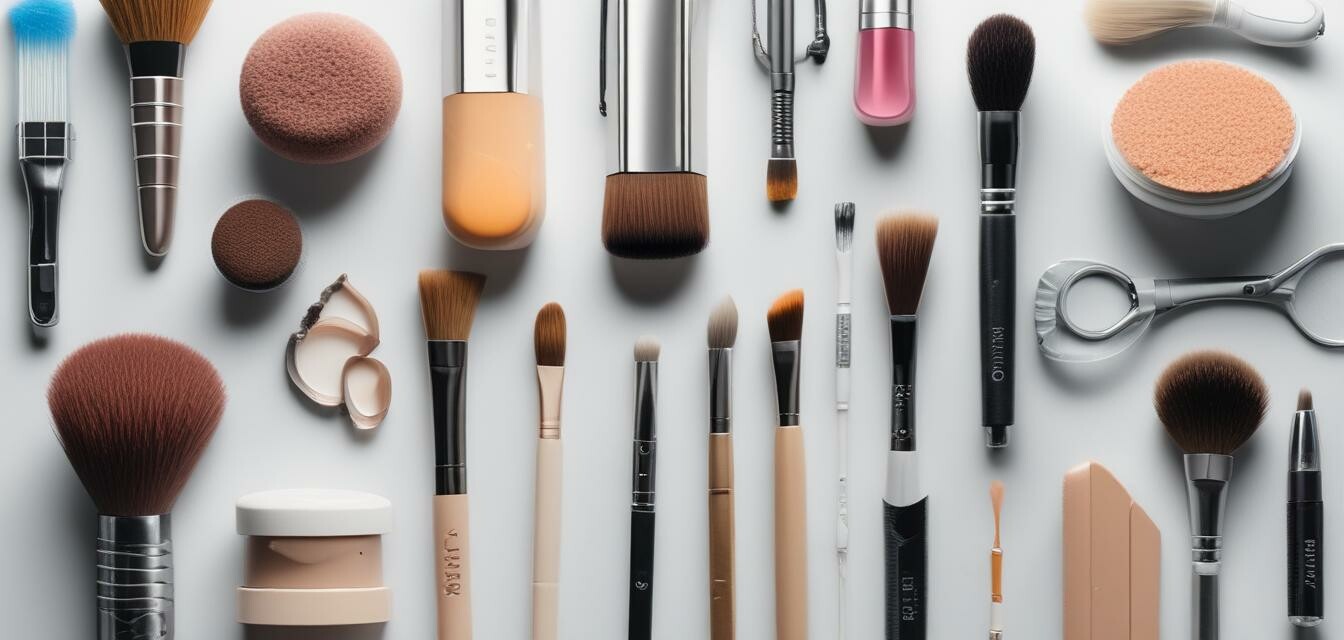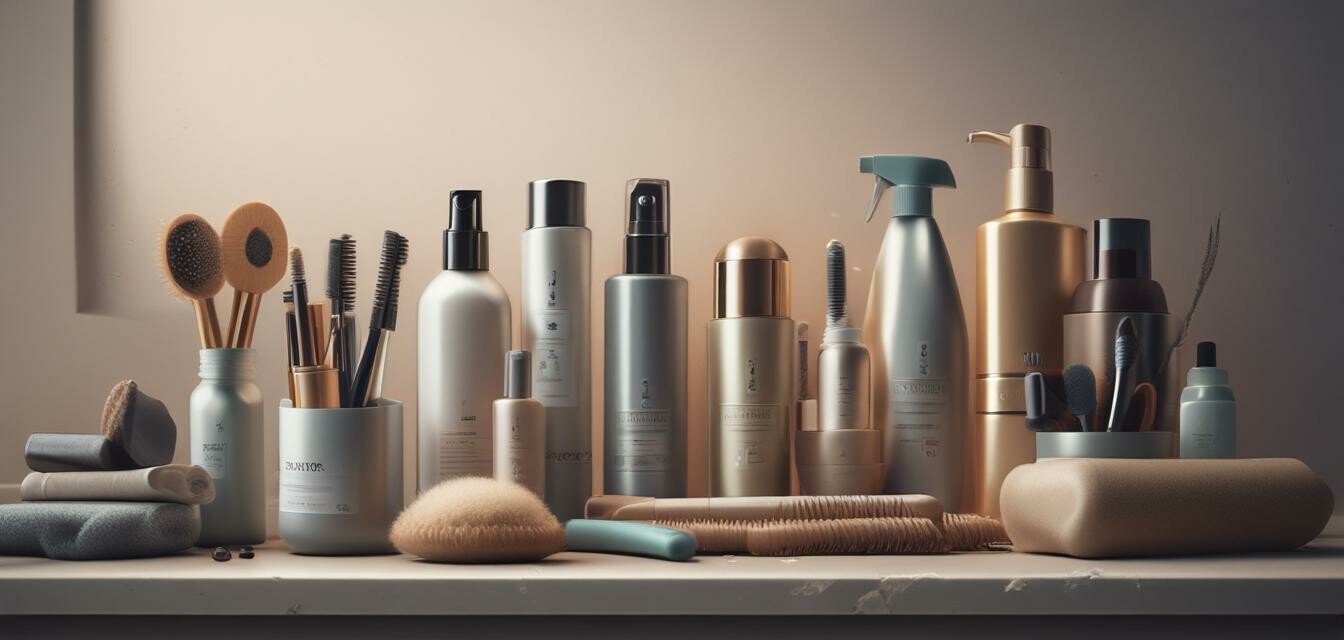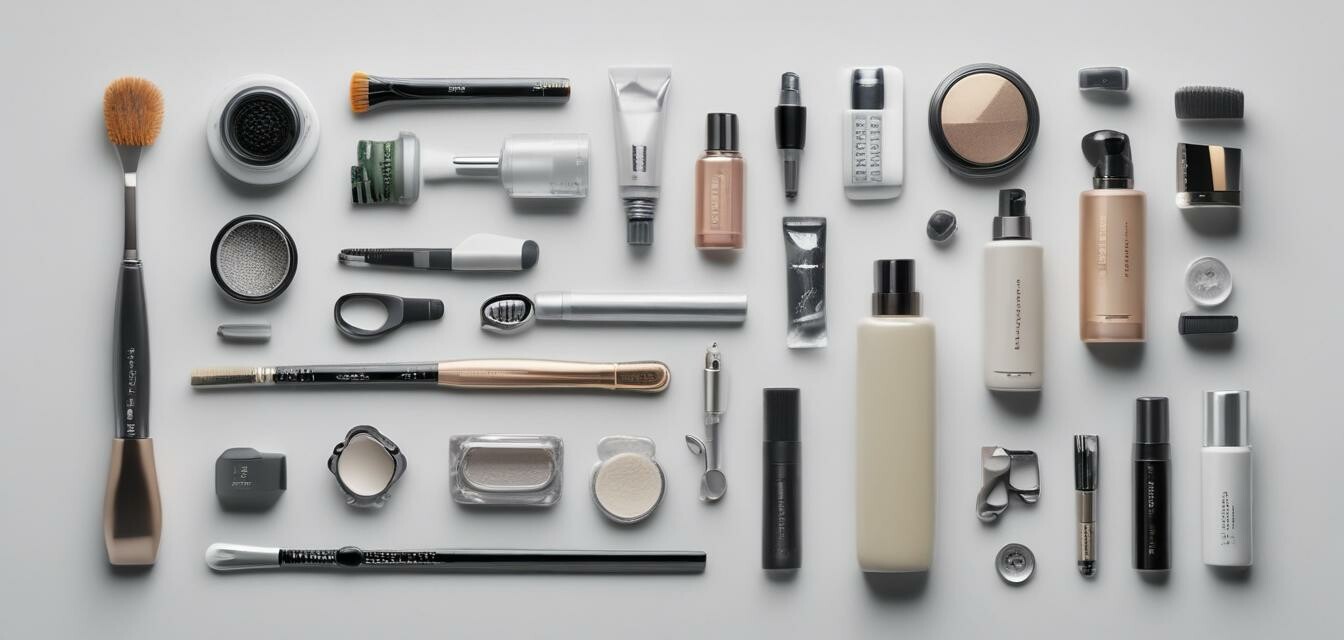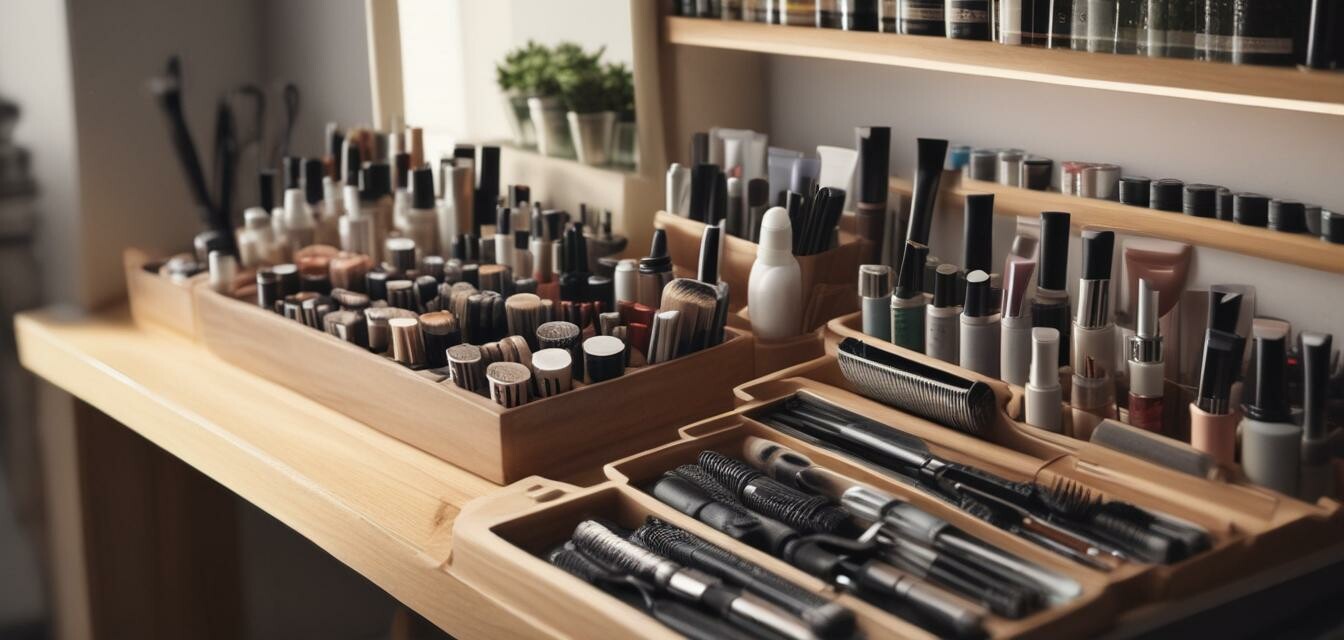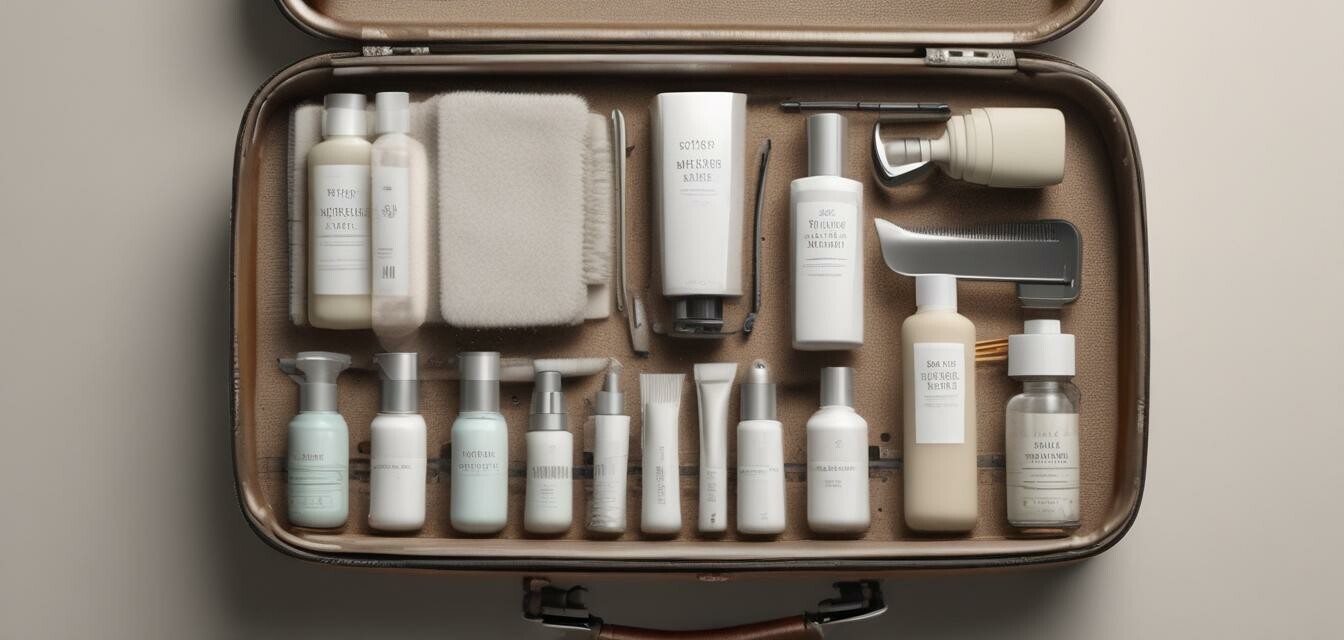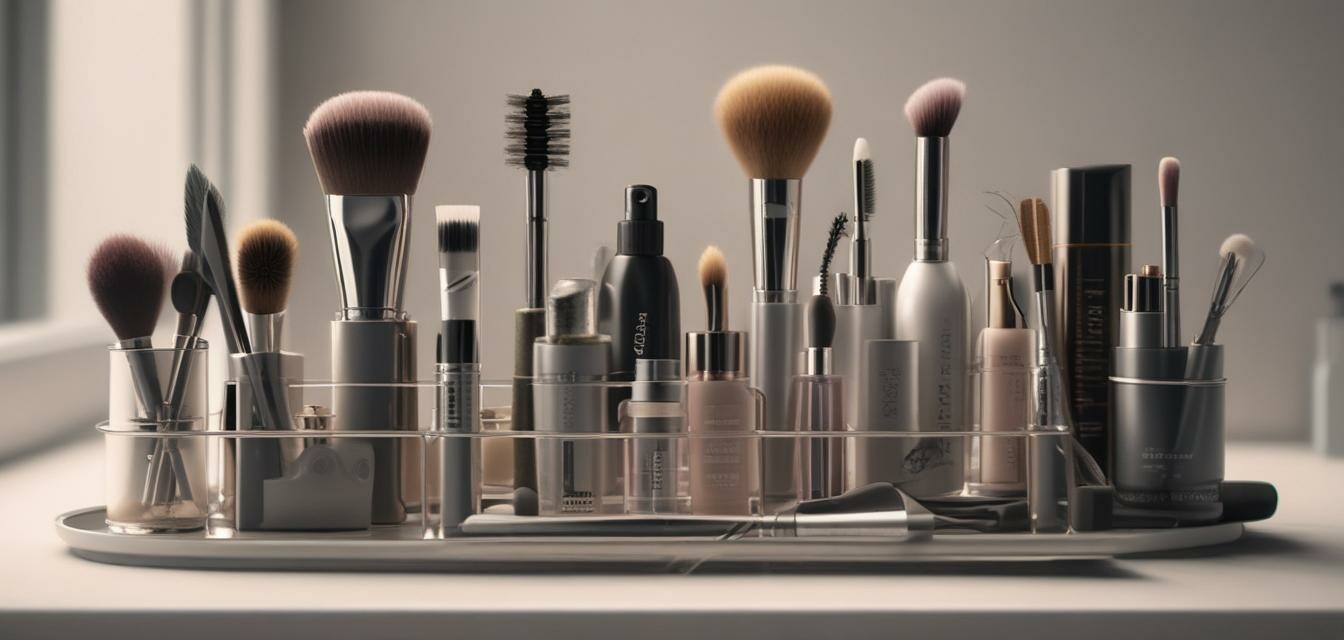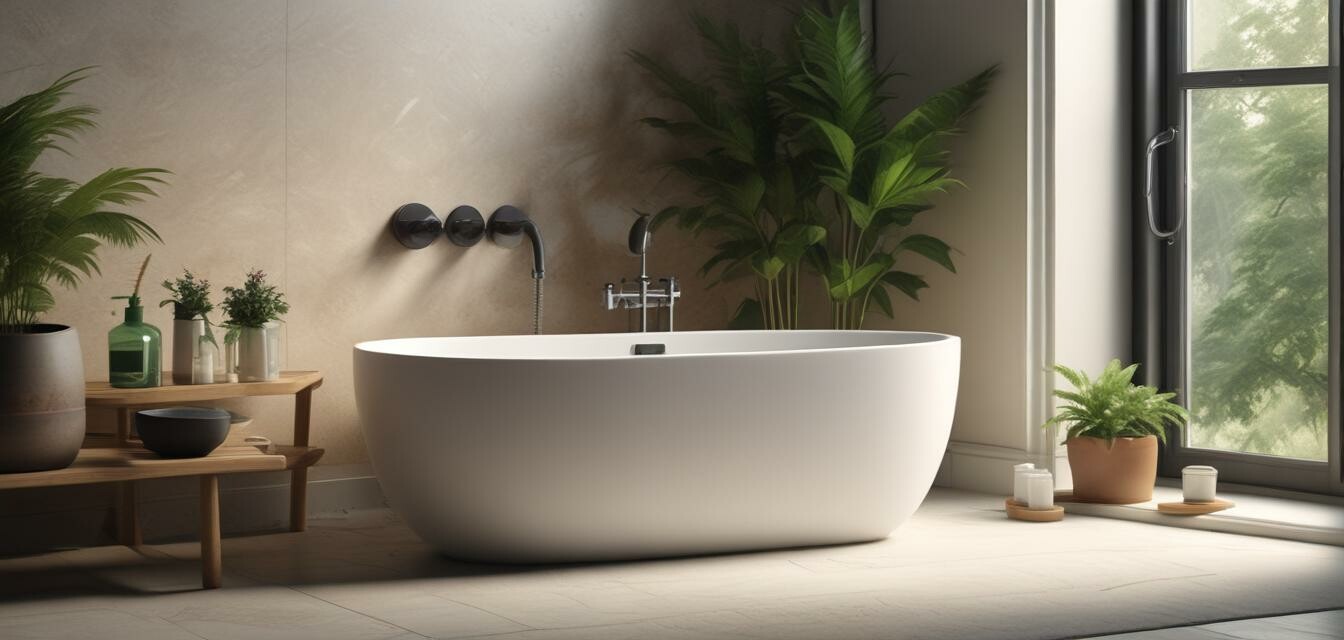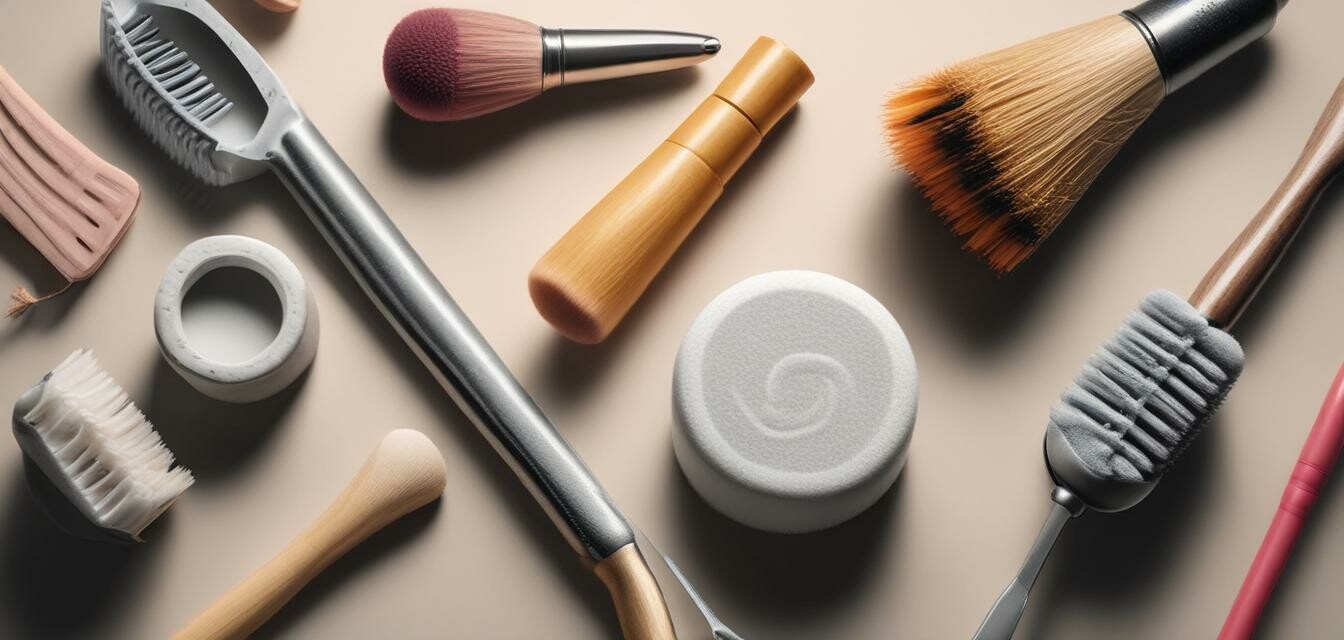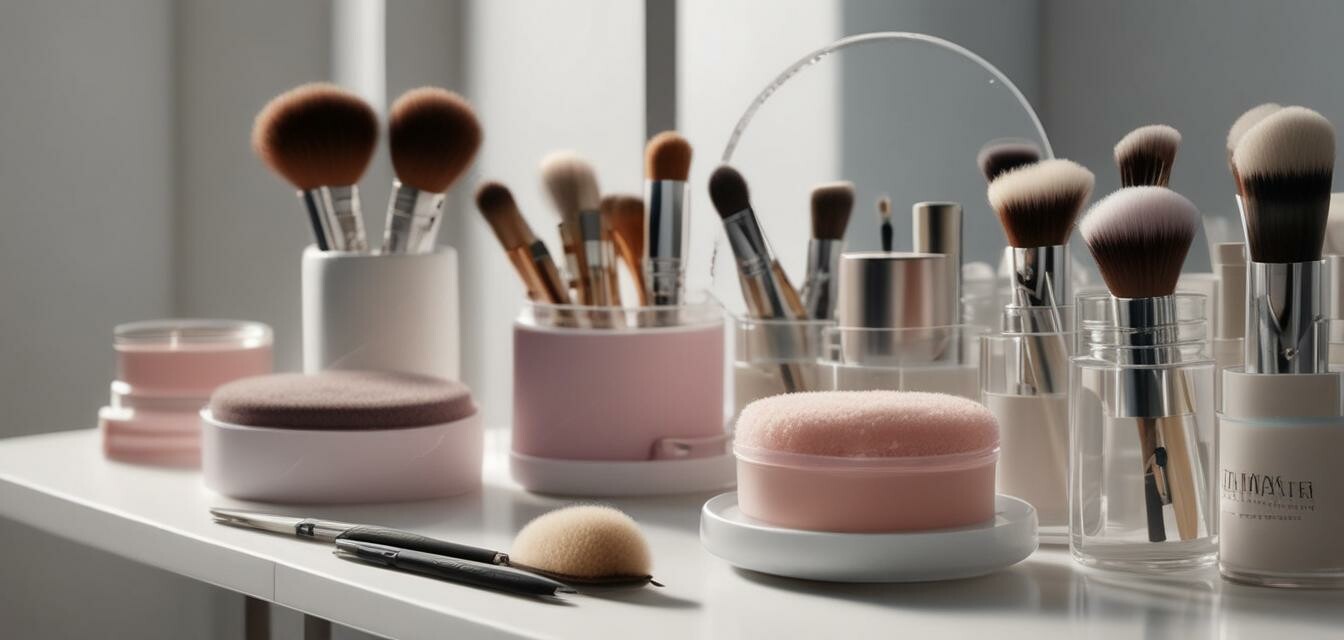
This article was generated using AI and is based on real customer reviews from the Amazon platform. It contains affiliate links, meaning we may earn a commission—at no extra cost to you. As Amazon Associates, we earn from qualifying purchases.
Importance of Beauty Tool Hygiene
Key Takeaways
- Regular cleaning of beauty tools prevents skin infections and irritations.
- Proper hygiene extends the life of your beauty tools.
- Using the right cleaning products is essential for effective sanitation.
- Different tools require different cleaning methods.
- Investing in sterilizers can enhance your beauty routine.
Maintaining the cleanliness of beauty tools is crucial for overall health and well-being. Not only does it protect your skin from potential infections, but it also ensures that your tools remain effective and last longer. Let's delve into why beauty tool hygiene is so important and how you can achieve it.
Why is beauty tool hygiene important?
Beauty tools such as brushes, sponges, and applicators can harbor dirt, makeup residue, and bacteria. This accumulation can lead to several issues, including:
- Skin irritations: Dirty tools can cause breakouts and other skin problems.
- Infections: Bacteria can lead to infections, particularly with tools used near the eyes or mouth.
- Product effectiveness: Clogged tools may not apply products evenly, affecting the overall look.
Common beauty tools that need regular cleaning
| Tool Type | Cleaning Frequency | Recommended Method |
|---|---|---|
| Makeup brushes | Once a week | Using brush cleaner or mild soap |
| Sponges | After each use | Rinsing with soap and water |
| Facial tools | After each use | Using alcohol wipes or sanitizing sprays |
| Cloth and towels | After each use | Washing with detergent |
Best practices for cleaning beauty tools
- Use the right cleaning products: Invest in quality brush cleaners and sanitizers to ensure thorough cleaning.
- Follow a cleaning schedule: Set reminders to clean your tools regularly to maintain hygiene.
- Store tools properly: Keep them in a clean, dry place to avoid contamination.
- Replace worn tools: Tools that show wear and tear should be replaced to prevent skin issues.
How to clean different types of beauty tools
Makeup brushes
Use a gentle brush cleaner or mild soap. Wet the bristles, apply the cleaner, and gently swirl in your palm. Rinse thoroughly and lay flat to dry.
Sponges
Rinse immediately after use to remove makeup. Use soap and water, then squeeze out excess moisture. Allow to dry completely.
Facial tools
Wipe down with an alcohol wipe after each use to sanitize. Deep clean with soap and water periodically.
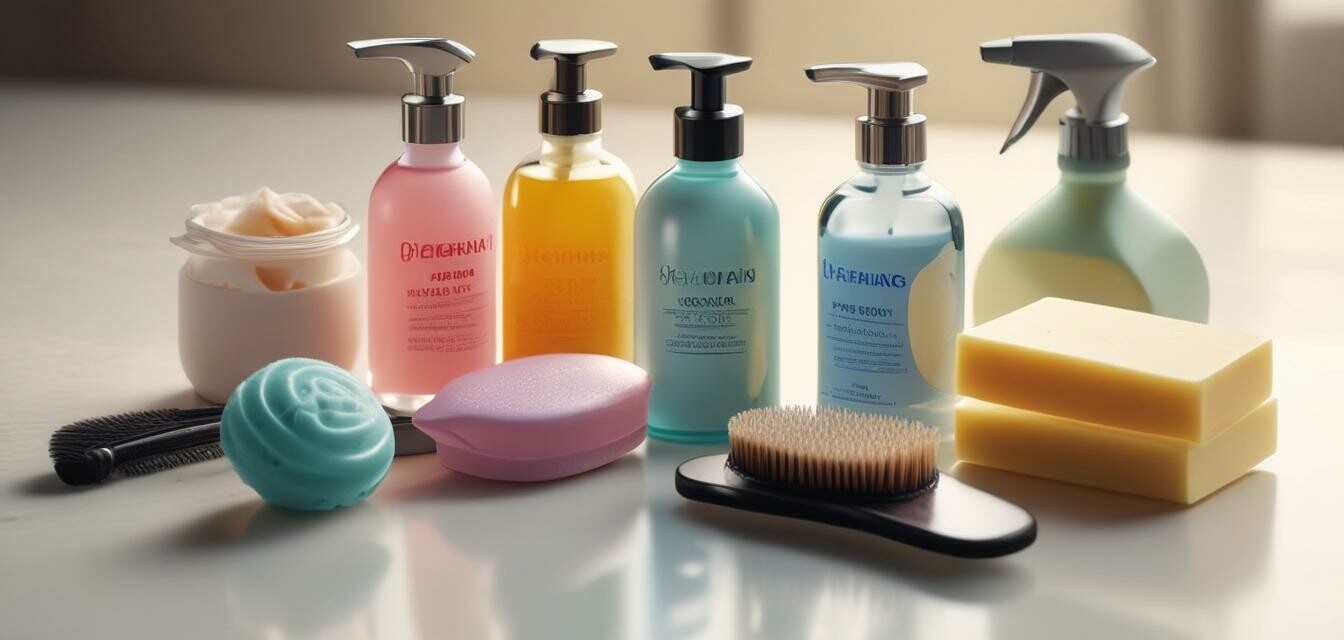
Investing in sterilization tools
Consider investing in tool sanitizers or cloth and towel sterilizers. These devices help kill bacteria and ensure that your tools are as clean as possible.
Pros and Cons of beauty tool hygiene
Pros
- Prevents skin irritations and infections.
- Improves makeup application quality.
- Extends the lifespan of your beauty tools.
- Promotes a healthier beauty routine.
Cons
- Time-consuming if tools are not cleaned regularly.
- Costs associated with cleaning products and sterilizers.
- Requires diligence to maintain a consistent cleaning schedule.
Conclusion
Beauty tool hygiene is essential for maintaining both skin health and the effectiveness of your tools. By regularly cleaning and properly sanitizing your beauty tools, you can avoid skin issues and enhance your beauty routine. Remember to invest in quality cleaning products and establish a cleaning schedule to keep your tools in optimal condition.
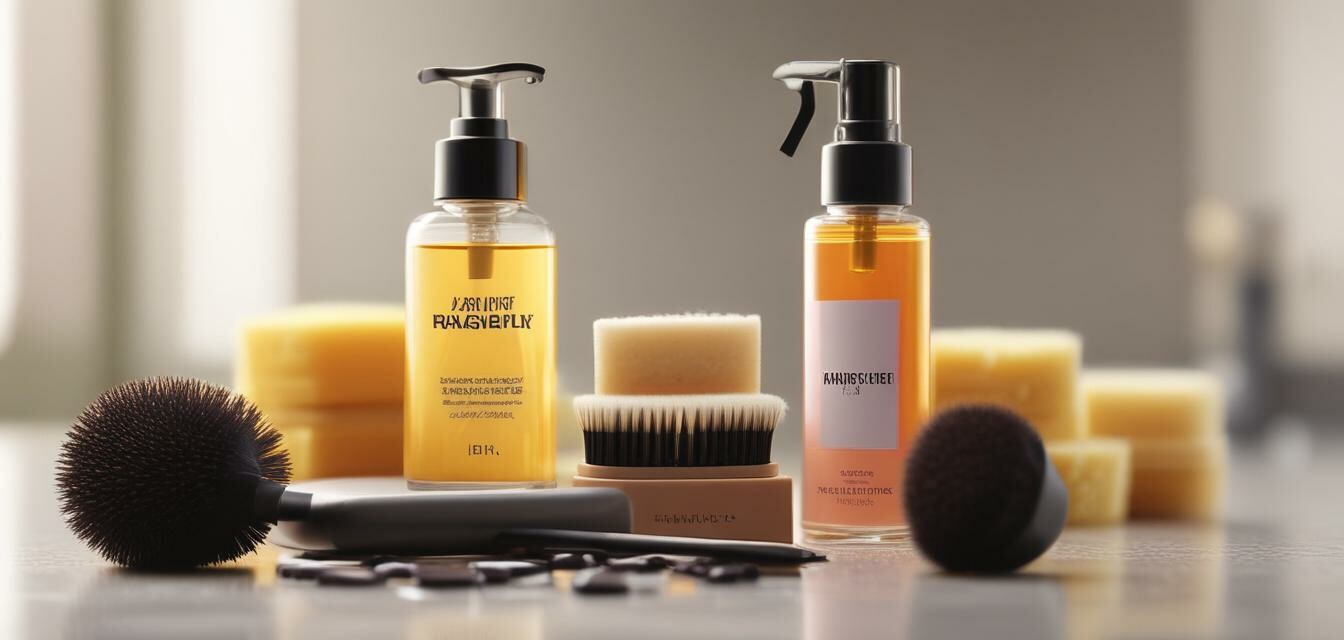
Tips for beginners
- Start with the most used tools first.
- Keep cleaning supplies handy for quick clean-ups.
- Watch tutorials on how to clean specific tools effectively.
- Don’t forget to clean your hands before using beauty tools.
